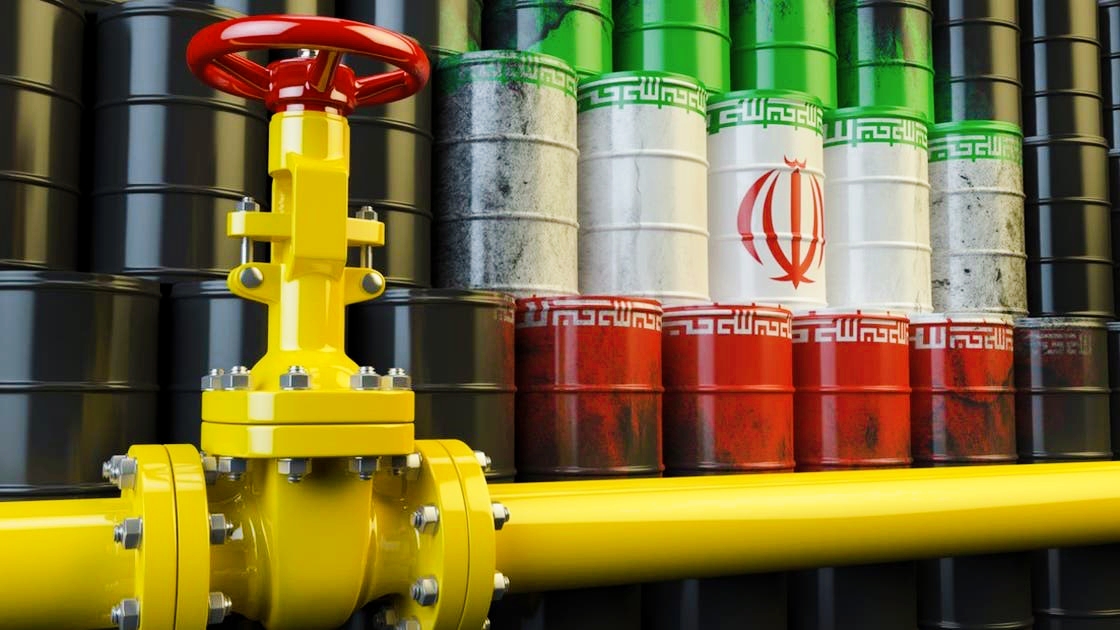Since the Israeli attacks on Iran began on June 13, 2025, Tehran has witnessed a significant and unprecedented increase in oil exports to global markets.
According to a report by Bloomberg, Iran is transferring huge quantities of oil from its ports to oil tankers, as well as filling the crude oil inventory at the "Kharg" Island port, which is the main center for Iranian oil exports.
In the first five days of the strikes, Iranian oil exports rose to 2.23 million barrels per day, an increase of 44% compared to the previous average.
Samir Madani from the company TankerTrackers, specializing in monitoring oil trade, stated that Iran is trying to export the largest possible amount of oil while giving top priority to safety, implementing strict security and logistical measures.
Unlike normal days, oil tankers do not anchor near the "Kharg" port but arrive to load oil and then quickly depart to avoid potential attacks.
Satellite images released by Planet Labs between June 11 and 17 showed the disappearance of stationary tankers near the "Kharg" Island after the Israeli attacks began.
It is worth noting that Iran followed a similar strategy last October when it was hit by an Israeli attack but managed to maintain its oil exports.
At the same time, the region is witnessing an unprecedented military escalation between Israel and Iran, as Israel launched a series of airstrikes on Iranian military sites and nuclear facilities, resulting in the deaths of several Iranian military leaders and nuclear scientists. In response, Iran fired missiles and drones at Israeli territories, marking the first direct confrontation between the two parties.
This military escalation comes amidst international diplomatic efforts to contain the conflict, with anticipation of decisions by major countries that may impact the crisis.

